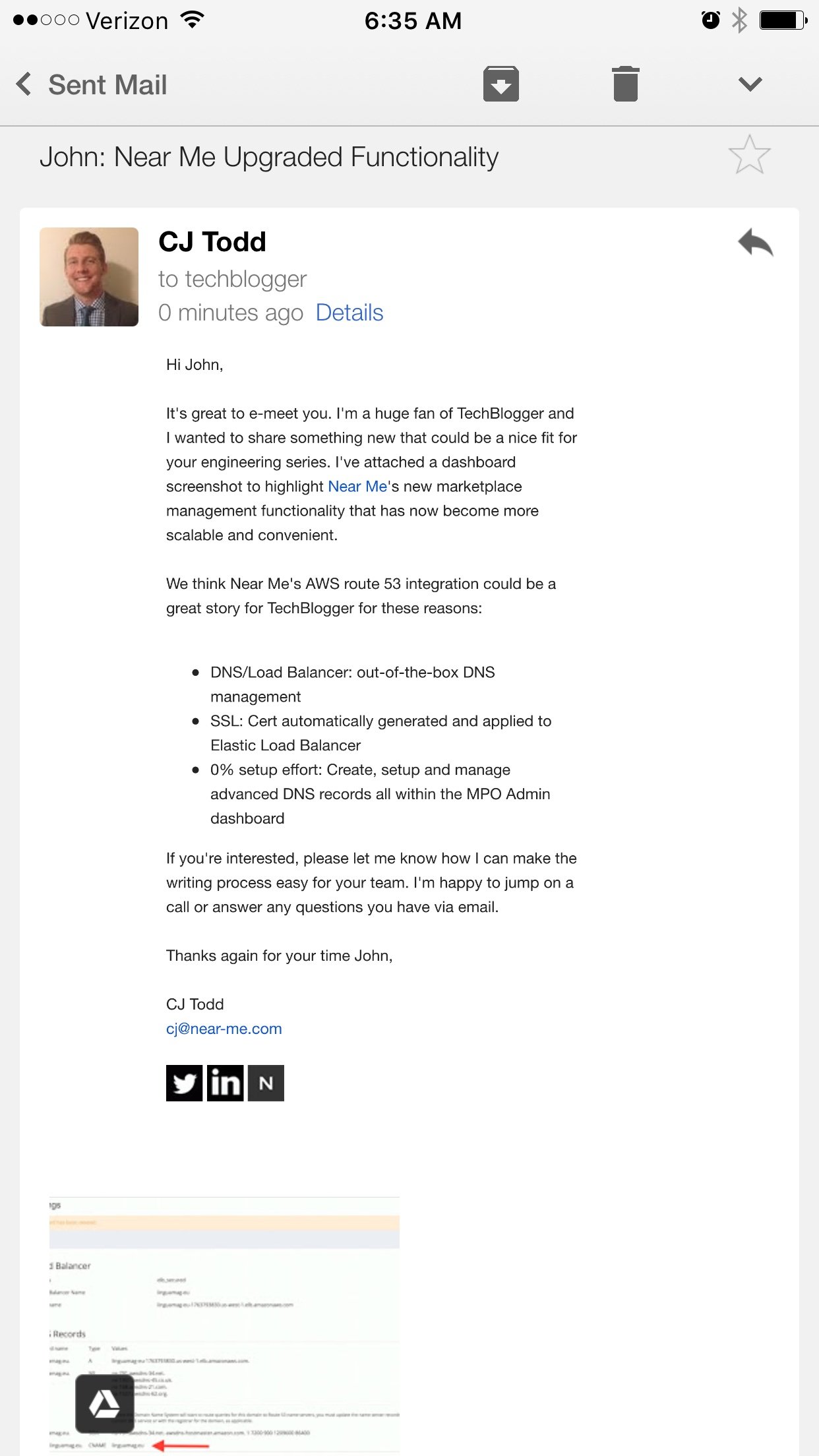Journalists often spend a third of their workday deleting press releases. It’s not because they’re too good to read your story; it’s the dizzying amount of daily emails that flood their inbox.



Journalists often spend a third of their workday deleting press releases. It’s not because they’re too good to read your story; it’s the dizzying amount of daily emails that flood their inbox.




Journalists often spend a third of their workday deleting press releases. It’s not because they’re too good to read your story; it’s the dizzying amount of daily emails that flood their inbox.
#FOMO hit Newsweek writer Zach Schonfeld, who spent one week answering every PR email he received. By the end of his hellish experiment, he had replied to hundreds of irrelevant messages, missed deadlines and spent far too many extra hours in the office.
Zach’s “delete key” withdraws had become painfully obvious. The reality is that great writers -- the ones you want writing about your company -- don’t have time to read every email. So how can you make sure your pitch floats above the deluge of rubbish?
Choose the right publication: 4 R’s
While doing some research for a crowdfunding project I’m working on, I came across what might be the most comprehensive guide to pursuing media targets during a Kickstarter campaign. Even though funding might not be the primary goal of your pitch, the approach Tim Ferriss uses here will help you maximize your chances at getting noticed.
Relevance
Identify publications with readers who will LOVE your project.
Tim introduces the idea of Minimum Effective Dose (MED) which is the smallest input needed to produce your desired outcome. An effective media strategy doesn’t take a spray-and-pray approach: you need to have a more strategic focus. By pitching publications that appeal most to your target audience, you’ll eliminate the possibility of appearing irrelevant to the prospective writer.
Readership
Identify publications that get high Traffic to their site.
It’s important to understand the size of each publication’s readership in order to narrow your focus. Download the SEO for Chrome Extension to evaluate the traffic of a site. You don’t want to waste your time sending a custom message to a media outlet with 400 readers: that won’t get the exposure you need. Prioritize connecting with publications that have the highest number of monthly visitors.
Relationship
Identify connections who can Introduce you to a writer or editor.
Knowing someone that can connect you personally with a writer or editor will give you a huge leg up. A warm introduction from a common colleague is an important form of social proof and helps establish rapport between you and the point of contact. Do a LinkedIn search of “People who work at [title of publication].” Look for “shared connections” and ask them if they’d be willing to introduce you to the person you’re interested in.
Reach
Identify publications that will Promote your post via email newsletter, RSS feed, social media and other channels.
Sites that expect you to drive the all the traffic to their posts are useless. Remember, you’re aiming for the MED! Seek out publications that have a large mailing list and a substantial social media and RSS following. Don’t miss out on the opportunity for exposure; make sure to clearly ask to be included in their email newsletter and social posts. Get a commitment by the media outlet to promote your post.

Build your pitch in 5 simple sections
Tim Ferriss suggests not wasting time building a press page or writing a detailed press release. Instead, simply make a DropBox or GoogleDrive folder with hi-res photos and 5-7 bullet points about your project that you can easily copy-and-paste into an email.

To Conclude
Using these tips can help you create a successful PR strategy, execute on that strategy and create a surround sound effect that will help drive exposure and new customer growth. Make sure to stay in contact with the publications that covered your story and cultivate a friendship with them if you can. That way, they’ll be more likely to help in the future.
Have these techniques worked for you? Let me know what your PR strategy looks like in the comments below!
Ensure your project’s success with the power of platformOS.